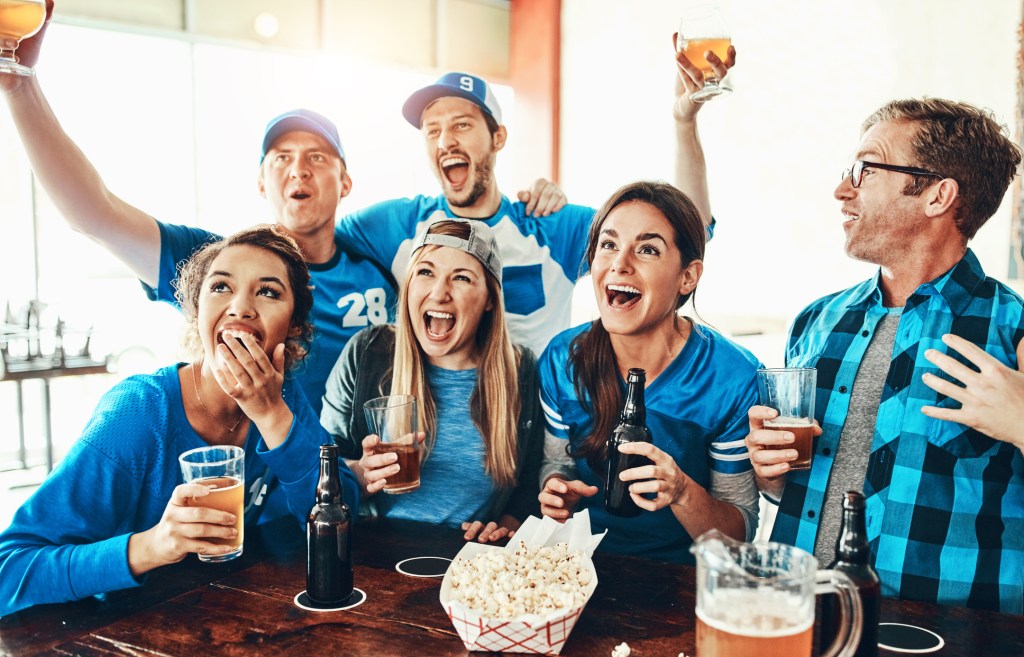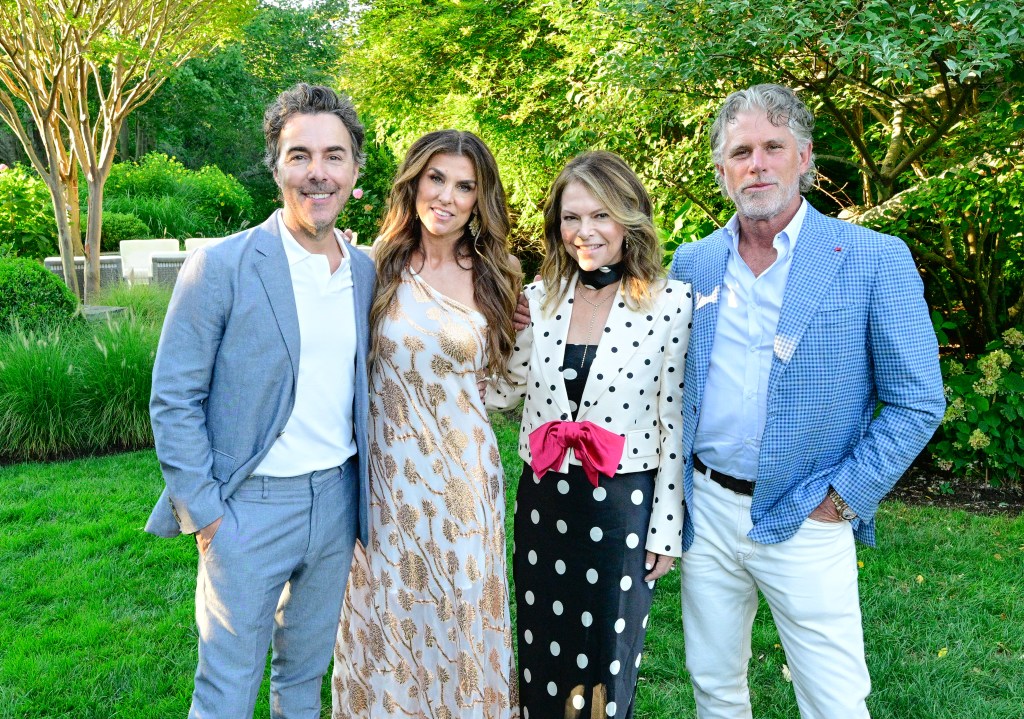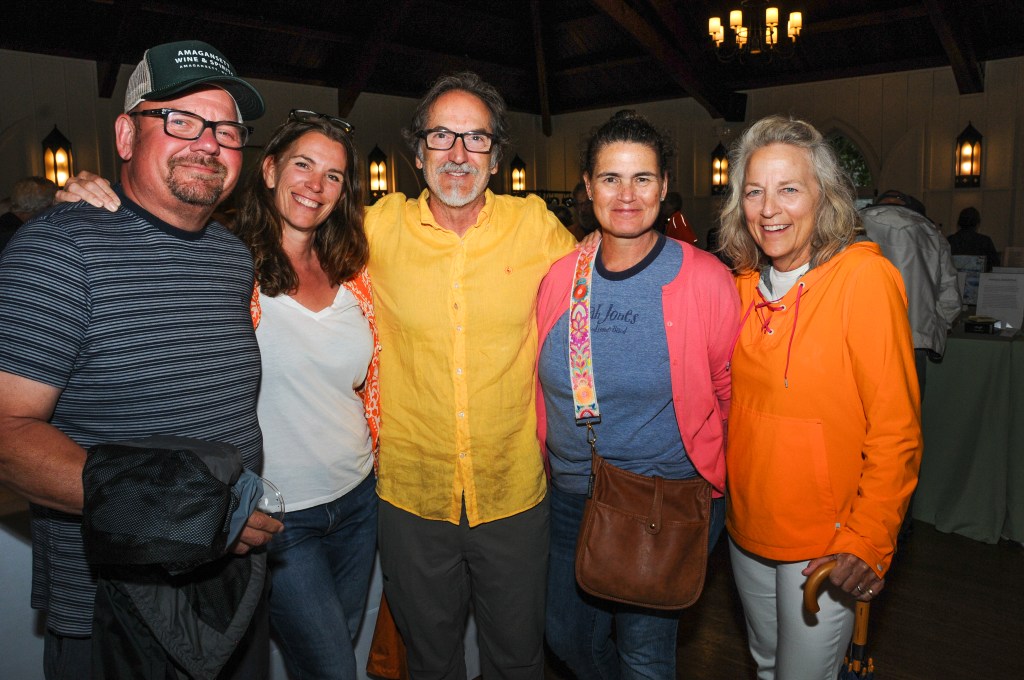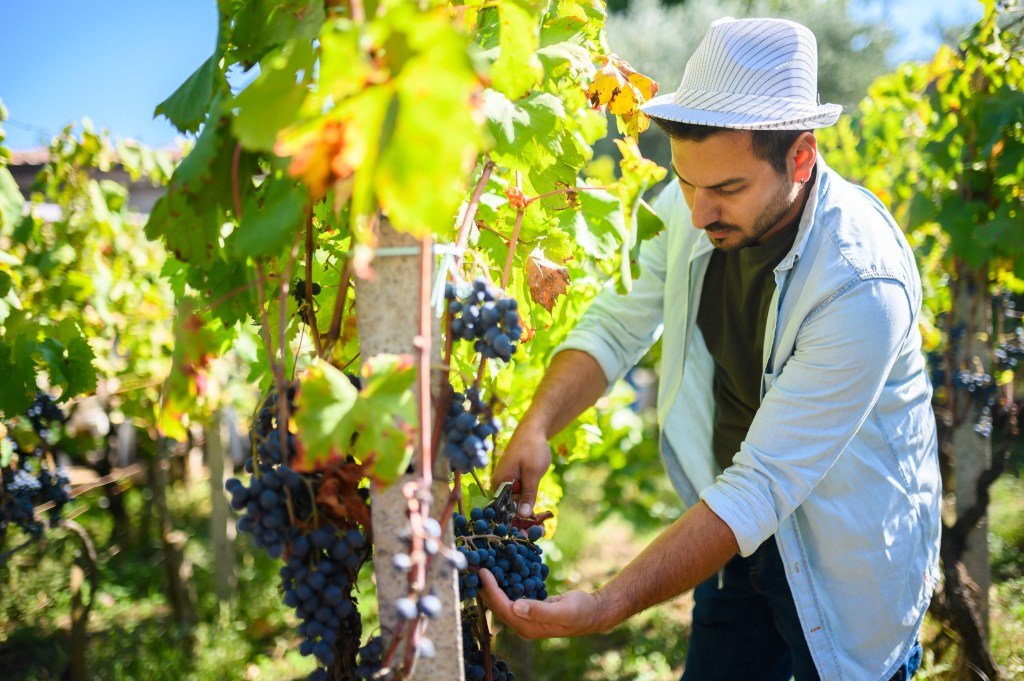Dan's Papers Cover Artist Bo Bartlett Discusses His Realist Vision of Halloween
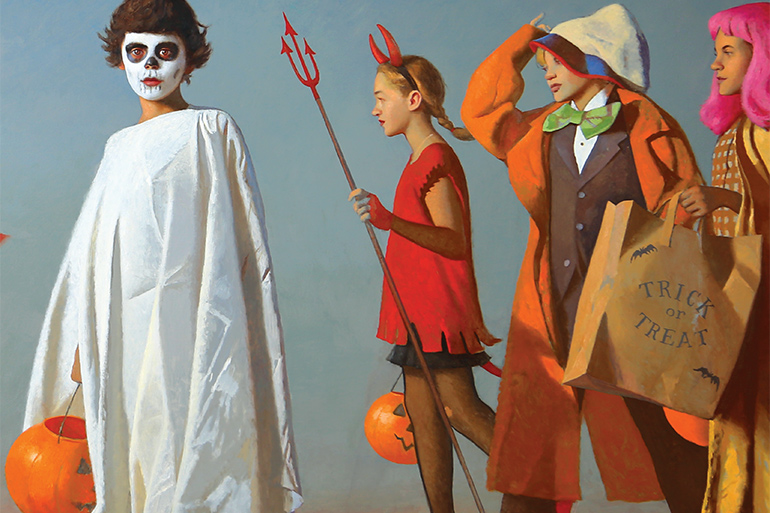
Nothing captures the Halloween spirit quite like kids trick-or-treating. With a sense of wonder, Bo Bartlett’s piece “Halloween” perfectly encapsulates the inherent sweetness, but also weirdness, of dressing up in costume and going on an adventure for candy and fun.

What was the particular inspiration for “Halloween?”
I’ve always wanted to do a major painting for every holiday. This funny goal may have stemmed from a childhood dream of one day making calendars a la Norman Rockwell. Of course, it morphed over the years and took on a life of its own. Many of my paintings illustrate memories of childhood. Sometimes these are specific events and sometimes they are just a vague mood or feeling of childhood, a fear or an archetypal psychological state. The work tends to delve into America’s psyche, stirring it up and offering a varied pastiche of questions and riddles. There are more holidays to go. So far, I’ve done Christmas, Easter, July Fourth and now Halloween.
Did you use models for this piece?
Yes, on a Halloween eve several years ago…I put the word out that I needed models in full costume. I expected two or three participants. Instead, van-loads of kids appeared! I had more than I knew what to do with.
Do you have Halloween memories that stand out in your mind?
When I was a kid I remember one particular Halloween when my father told me that I could go trick-or-treating but that I had to be home by 9 p.m. He gave me a watch; he synchronized it with his. And off I went…a couple of hours later I remembered to check the watch and it was 8:55 p.m. I’m a mile from home with a bag full of candy. I take off running full speed and arrive in my driveway…I look at the watch and it’s 9 o’clock exactly.
I approach the door to find it locked. I knock and knock and no one answers. Finally my father comes to the door. I’m happy to be home safely and on time and expect him to be happy too. But he is not. He shows me this watch it shows one minute after 9 p.m. He tells me I am late and that I will be punished. He was a strict disciplinarian. It was a story that I paid dearly to retell and decipher for years in therapy as an adult.
What do you think the significance of painting is for contemporary society?
Painting is a highly personal endeavor. It is an outlet. An artist worth their salt knows that they are mere spectators. When they are doing their best work and in the zone, they aren’t “creating” their paintings…The paintings are creating themselves. The best an artist can do is get out of the way and watch the thing happen, watch their arms moving, watch the paint slap onto the painting, watch the process. Creativity is happening everywhere. The artist, if they are lucky, is just a conduit.
I believe in the power of art to transform lives. In the 1980s Suzi Gablik wrote a small book called The Reenchantment of Art. She talked about how important art is in transforming the world. As artists we must think whole systems, holistically, regardless of our chosen form or style, to be a part of the solution to the world’s problems. There is no longer any art for art’s sake. All art is political, even when it’s not, that is a political statement. We must all be about the job of doing whatever we can to assist in evolution. The job of an artist is to wake us up. It’s a full-time job.
What else would you like readers to know about your work?
Go to a museum or gallery. See art in person, in the flesh. I love all kinds of work. All art. It’s all good. There is so much great work being made now. I love all genres and sub-genres of art. I’ve been doing this for over four decades and every day is still an adventure. There was a time when it was hard to find a good contemporary representational painting. I had to search the country when I was a student in the 1970s—it was pre-internet obviously—so everything was word-of-mouth.
There were very few articles or books of living realist painters. I studied at The Pennsylvania Academy of the Fine Arts in Philadelphia, but went to Boston to find Ives Gammell and New York to find Aaron Shickler and Harvey Dinnerstein, great painters and great men who took me into their studios and shared their knowledge. Nelson Shanks taught me how to paint by letting me be a private apprentice in his studio painting side-by-side with him for years.
Nowadays, digitally, we can see the latest work by our contemporaries on the same day it’s completed; everyone is on even footing, the big guys and the newbies, side-by-side, online. It’s an invigorating time. But how to find and retain what is uniquely one’s own. That is the key. Andrew Wyeth said, “We have to be in-grown to be any good.”
We must see everything there is to see and digest it and still make art that is our own. We must get out of the way and let it be what wants to be created. We have to show up, be present and let the art happen. It takes patience and perseverance and a deep abiding trust that the effort is worth it. We have to believe in ourselves—in that little inkling that is prompting us to make something. We have to trust it, trust ourselves…know that it doesn’t have anything to do with us, and then get to work.
Learn more about Bo Bartlett and his work at bobartlett.com, but also make sure to see it in person!

